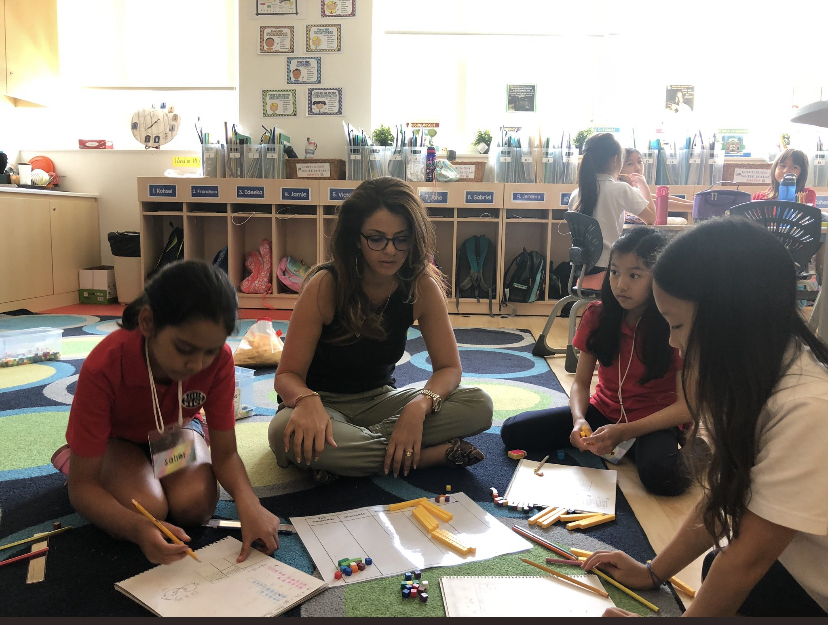With the new school year upon us our children will be resuming their learning journeys with excitement and joy, ready to take on challenges that will facilitate their growth. Unfortunately, for many of our students, this learning journey has become a source of anxiety, judgment and self -doubt.
The lack of student engagement and motivation has become incredibly prevalent due to the fact that students begin their school year, carrying construct about themselves from previous years. They are afraid of making mistakes, failing and/or being marginzlized within their own classrooms where they may be seen as disruptors, perhaps incompetent, or have a learning disability.
Disengagement in our classroom environment has become visibly noticeable. We need to ask ourselves, why?
- Is it because they do not feel connected to the content being taught?
- Is it because they do not have a voice, choice or agency in how to drive their learning forward?
- Is it because our classrooms are teacher driven?
We have learned that the traditional classroom setup and methodology does not cultivate a learning environment that caters to diverse learning needs. Instead, it creates barriers and obstacles for our learners. Our students feel neglected, isolated and it is easier for them to become ghosts behind the screen, to show compliance, to sit quietly and not engage mentally. Students are giving up on themselves. We hear comments like, I am not good at math. Or I am not a writer or I hate reading. Statements like this are academic constructs that have become deeply rooted into their educational journey and self-perception.
On the flip side of things, let’s take a look at a kindergartner coming to school for the first time – with so much excitement and joy, eager to jump in and learn. This excitement is a reflection of their self- concept, at that point in time they have yet to encounter academic labels and stereotypes. They are full of questions both serious and silly. They’re not scared of mistakes. They haven’t developed self-concept in the context of their academic capacities yet. Sadly what we see is that the more students engage with their learning environments the more their academic identities are molded and defined by arbitrary labels and constructs.
An essential proponent in creating a space that facilitates learning pace is being innovative in the ways our students have access to their learning content. It allows them to contribute their thoughts, gives them time to ponder and ask meaningful and thoughtful questions. When we stray away from traditional approaches and invite students to think critically, when we teach them to ask good questions, that’s when we can expect to see engaged and motivated learners.


Recent Comments